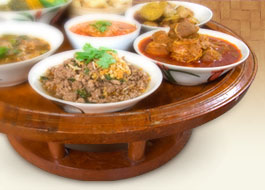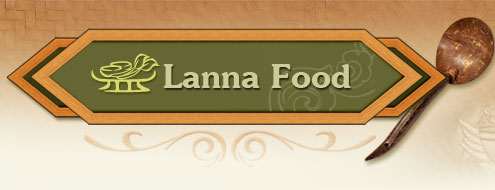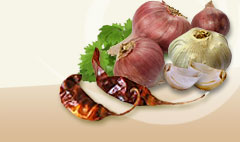Phak cham |
|
|
 | Polyalthia suberosa |
|
| |
 | Annonaceae |
|
| |
 | Klueng klom, ma cham, phak cham, kam chai (Northern), mong cham (Agnthong), nam noi (Loei), nam nong (Pattani), thong khlong (Rachaburi), chang klong (Rachaburi), chong Khlong (Kanchana Buri), chueng klom (Southern), khrai nam (Uttaradit), Krathum klong, kam chai (Nakhon Sawan), kra thum. (Office of the Permanent Secretary, Ministry of Science and Technology, 2007; Wut Wuthithamwet, 1997, p. 116), kamchai ton, thong klong (Wut Wuthithamwet, 1997, p. 116) |
|
| |
 | Shrub, 2-4 m. high, reddish brown bark. Leaves simple, lanceolate, acute, 5-10 cm. long. Flowers solitary, whitish yellow and reddish brown outer petals, axillary. Seeds round, in clusters, grows near rivers and creeks, propagated by seeds. (Wut Wuthithamwet, 1997, p. 116) |
|
| |
 |

No nutritional information available. Lanna people use it as a vegetable in sa dishes or eaten raw with namphrik and lap. (Siriwit Chamrat, personal communication, June 18, 2007) |

Leaves and stems contain suberosol which is anti-HIV. Roots and wood can be boiled and drunk to reduce fever, thirst and as an anti-toxicant and to treat problems with the lymphatic system. (Wut Wuthithamwet, 1997, p. 116) |
|
| |
 |
Office of the Permanent Secretary, Ministry of Science and Technology. Klueng Klom. Database of Herb. Retrieved 15 September2007 fromhttp://thaiherb.most.go.th/plantdetail.php?id=47. (in thai). Wut Wuthithamwet. (1997). Saranukrom Samunphrai: Ruam Lak Phesatchakam Thai. Bangkok: Odean Store. (in thai). |
|
| |
|
|




